Description
-
- This ‘Thaler’ presentation jug was made on the occasion of the German unification under Otto von Bismarck, the beginning of the German Empire in 1871. This presentation jug is a mere symbol of the unification of Germany and was once in the possession of Otto von Bismarck. The flaring body, on four scroll supports, is set with 35 various German Thalers, engraved with a legend below the hinged and beaded cover with figurine finial:
Diese Thaler diese Alten
Wollten nie zusammen halten
Bis sie künstlicher hand zuletzt
Gründlich ausser kurs gesetzt
Trefflichkampf ist dies werk gerathen
Ohne Kampf und Blut
Fünf und dreissig Potentaten
Unter einem Hut
According to the legend on this jug those thirty-five sovereigns (Potentaten) whose busts are depicted on the thalers are now (in 1871) united under one hat (cover), without any fight or bloodshed. The short spout is engraved with scrolling foliage, as is the band below the set Thalers. The leaf-capped handle is partly twisted and attached to the body and cover by simulating scrolling ribbons, the one on the cover functioning as a thumb rest.
According to Dr Mezger’s heirs Otto von Bismarck presented Dr Mezger with this ‘Thaler’ jug, showing his gratitude for the medical treatment he was successfully given. Dr Johann Georg Mezger (Amsterdam 1838- Paris 1909) was a doctor who, after his graduation at Leiden University in 1868, wrote his thesis on the healing powers of manual therapy. He became very successful with his new healing methods, which gave him the nickname ‘doctor with the golden thumbs’. After he had successfully treated one of King Willem III of the Netherlands sons and was granted a Royal award in 1870, his fame spread throughout Europe. European royalty and aristocrats were among his patients, for instance, Empress Elisabeth (Sissi) of Austria-Hungary, Empress Eugėnie of France, Queen Elisabeth zu Wied from Rumania and Baron Lionel Walter Rothschild. Most of these patients were treated by Dr Mezger at the Amstel Hotel in Amsterdam and in Hotel Des Indes in The Hague, where he initially resided. In 1888 Dr Mezger and his family moved to Wiesbaden, Germany, but resided at the seaside in Domburg, the Netherlands, during the summer months, where they owned Villa Irma. Due to Dr Mezger, who also treated his patients there, Domburg gained popularity as a seaside resort.
Another distinguished patient at the Amstel Hotel was Otto von Bismarck, whose image appeared in a cartoon in Het Handelsblad of 12 May 1884. In this cartoon Von Bismarck addresses Dr Mezger, with an audience of European royalty at the background, by saying: “ I thought I was in charge, but it is you, who ‘manipulates’ the European sovereigns”!
Likewise, Swedish and Russian royals were treated by Dr Mezger. In return he received some fabulous precious gifts, for example, a Fabergé egg clock, a present from Empress Maria Fyodorovna. Dr Mezger frequently conducted massage sessions with members of the Russian Imperial family, including the Empress and the Great Princesses Xenia Alexandrovna and in particular Olga Alexandrovna, who had been heavily injured during the 1888 crash of the imperial train in Borky.
Hessenberg & Co were Frankfurt based jewellers whose company could thrive because of the great demand for luxury goods in the 19th century. In 1867 its owners Hessenberg & Wiersing were appointed court jewellers to the Queen of Württemberg, the Duke of Baden and the Duke of Sachsen-Weimar-Eisenach. Business was booming and they opened a second shop in Bad Homburg in 1890. One of their impressive commissions in 1903 for the Frankfurt council was a silver table centrepiece called “Das Glückhafte Schiff”, which is now in the collection of the “Historisches Museum” in Frankfurt am Main. Due to the economic depression and the two World Wars their silver production decreased dramatically.
- This ‘Thaler’ presentation jug was made on the occasion of the German unification under Otto von Bismarck, the beginning of the German Empire in 1871. This presentation jug is a mere symbol of the unification of Germany and was once in the possession of Otto von Bismarck. The flaring body, on four scroll supports, is set with 35 various German Thalers, engraved with a legend below the hinged and beaded cover with figurine finial:



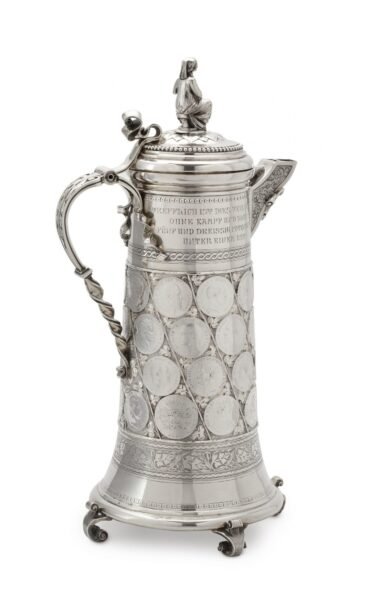
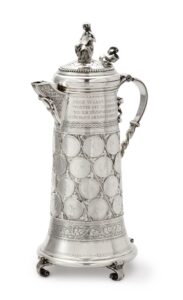
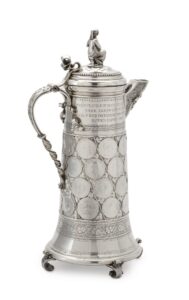
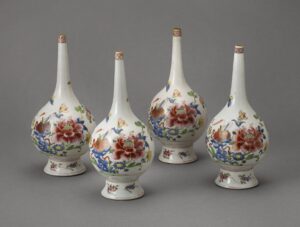

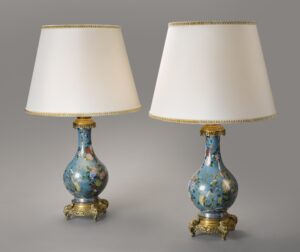
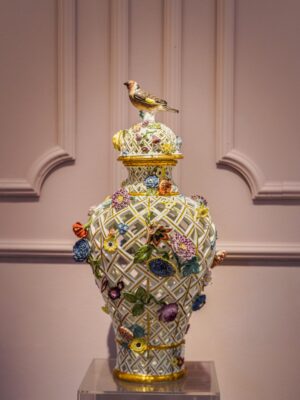
Reviews
There are no reviews yet.